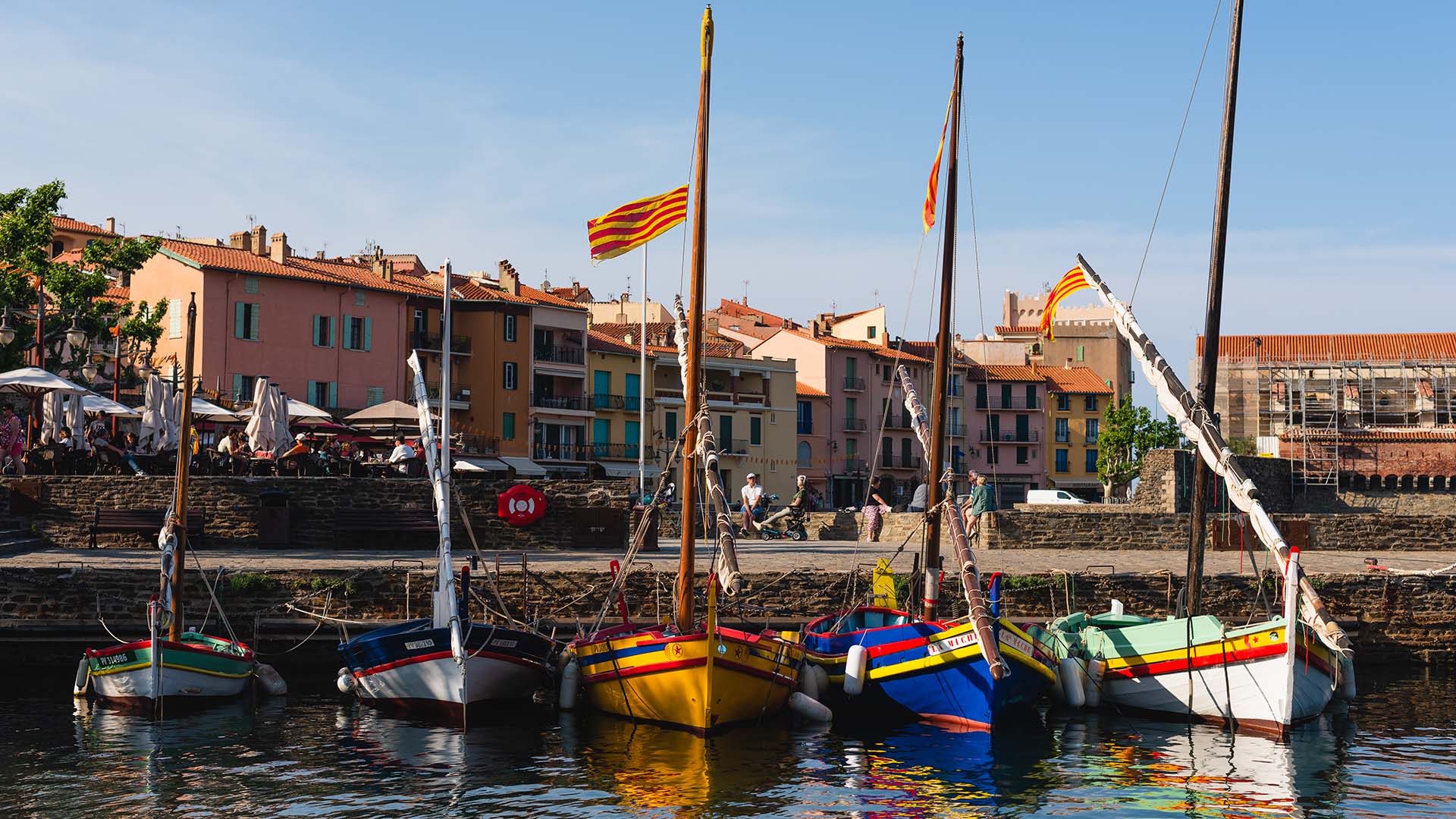
Colorful Catalan boats can often be found moored in Collioure, France. (Photo: Virginie Demorget)
How to Travel BetterKeeping Catalan Boatbuilding Alive
By Anna RichardsThe Catalan port town of Collioure in the South of France is a looker. The higgledy-piggledy castle looks as though it’s made from terra-cotta-topped Legos, the watchtower wouldn’t look out of place in a “Game of Thrones” set, and against the cerulean sea, cozily moored motorboats and yachts gleam as white as bleached teeth. Most eye-catching of all, though, are the old wooden fishing boats, gaudily painted in primary reds and yellows.
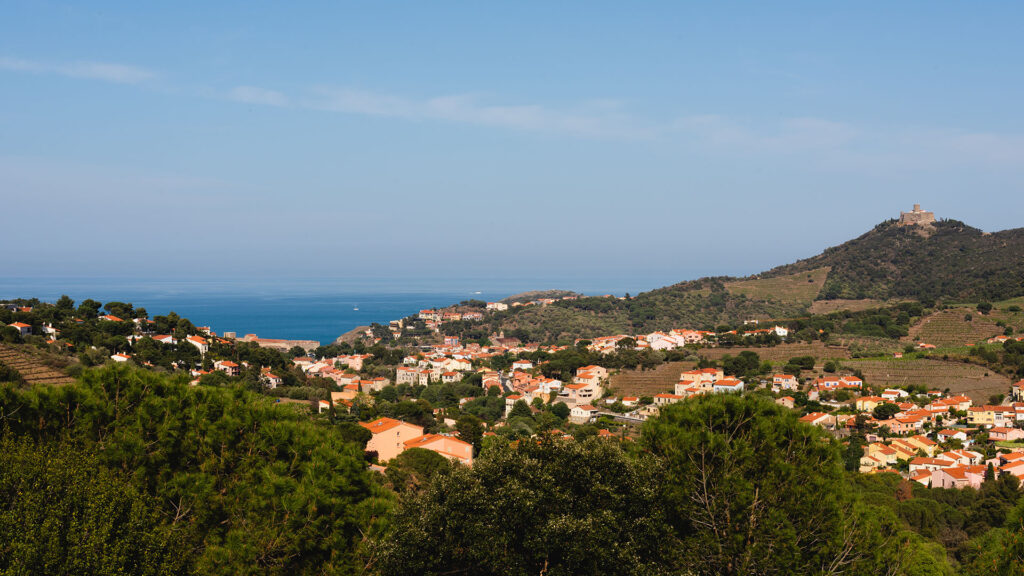
The barques catalanes (Catalan boats) are between 100 and 200 years old, but they look as fresh and new as the day they were built thanks to the hard work of local craftspeople and boatbuilders.
Locals are keen to tell you that Collioure is not St. Tropez. The town’s tiny population of roughly 2,500 mushrooms to more than 15,000 during the summer, but the year-round residents are fiercely proud of Collioure’s “otherness.” The land that makes up Catalonia, more than 12,000 square miles, is largely in Spain, and most of the population is bilingual, speaking both Catalan and Spanish. The movement for independence from Spain is strong: Collioure lies in the small part of Catalonia that was ceded to France in the mid-17th century and remains staunchly Catalan. The red-and-yellow Catalan flag adorns buildings, produce and bumper stickers alike.
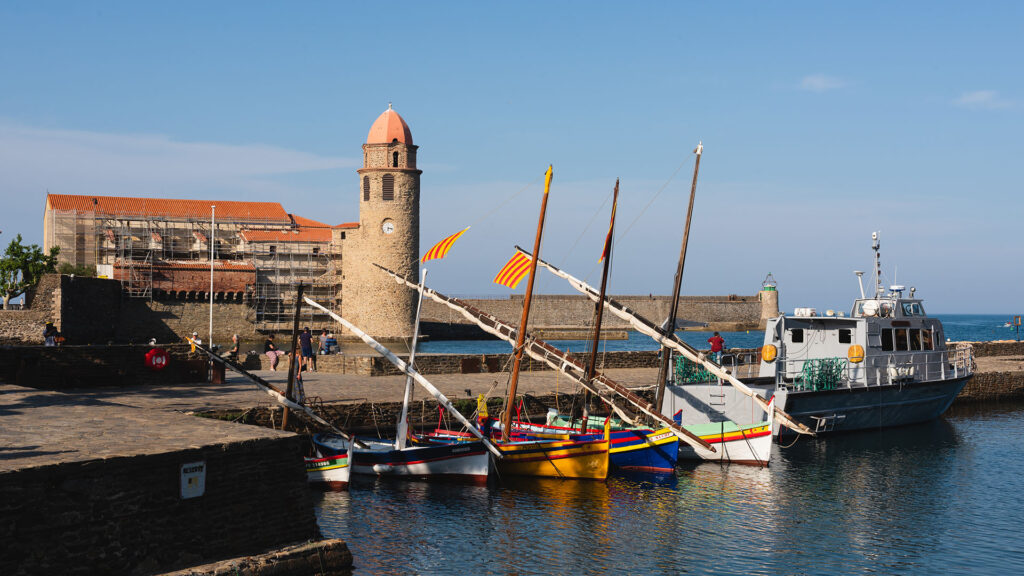
“The barques catalanes are a living reminder of the town’s heritage,” says Dominique Fabre, a representative at Collioure’s tourist office. “They set Collioure apart from other towns.”
At the turn of the 21st century, there were virtually no barques catalanes left on the water. Collioure’s main industry, anchovy fishing, had fallen into decline in the 1960s and ’70s when overfishing meant that anchovies, once prolific in these waters, completely disappeared. Emigrating sailors from Algeria arrived with large fishing trawlers that could go farther afield, and the barques catalanes, deemed quaint and inefficient, were left to rot.
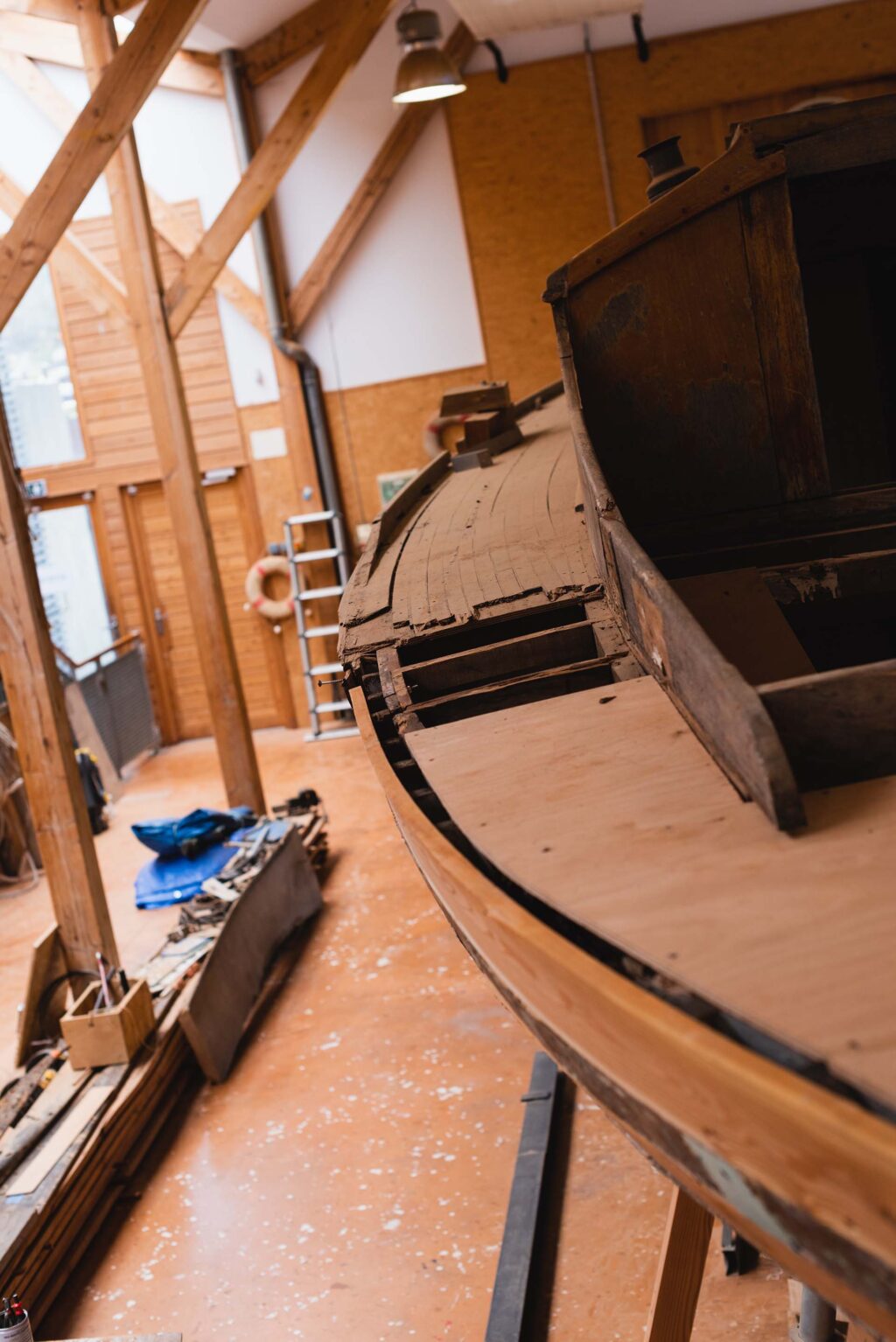
Over the coming decades, Collioure used its good looks to attract tourists. It was the final nail in the coffin for the barques catalanes. Seen as taking up too much space in the town harbor, many were burned to clear room for yachts, waterside restaurants and walkways.
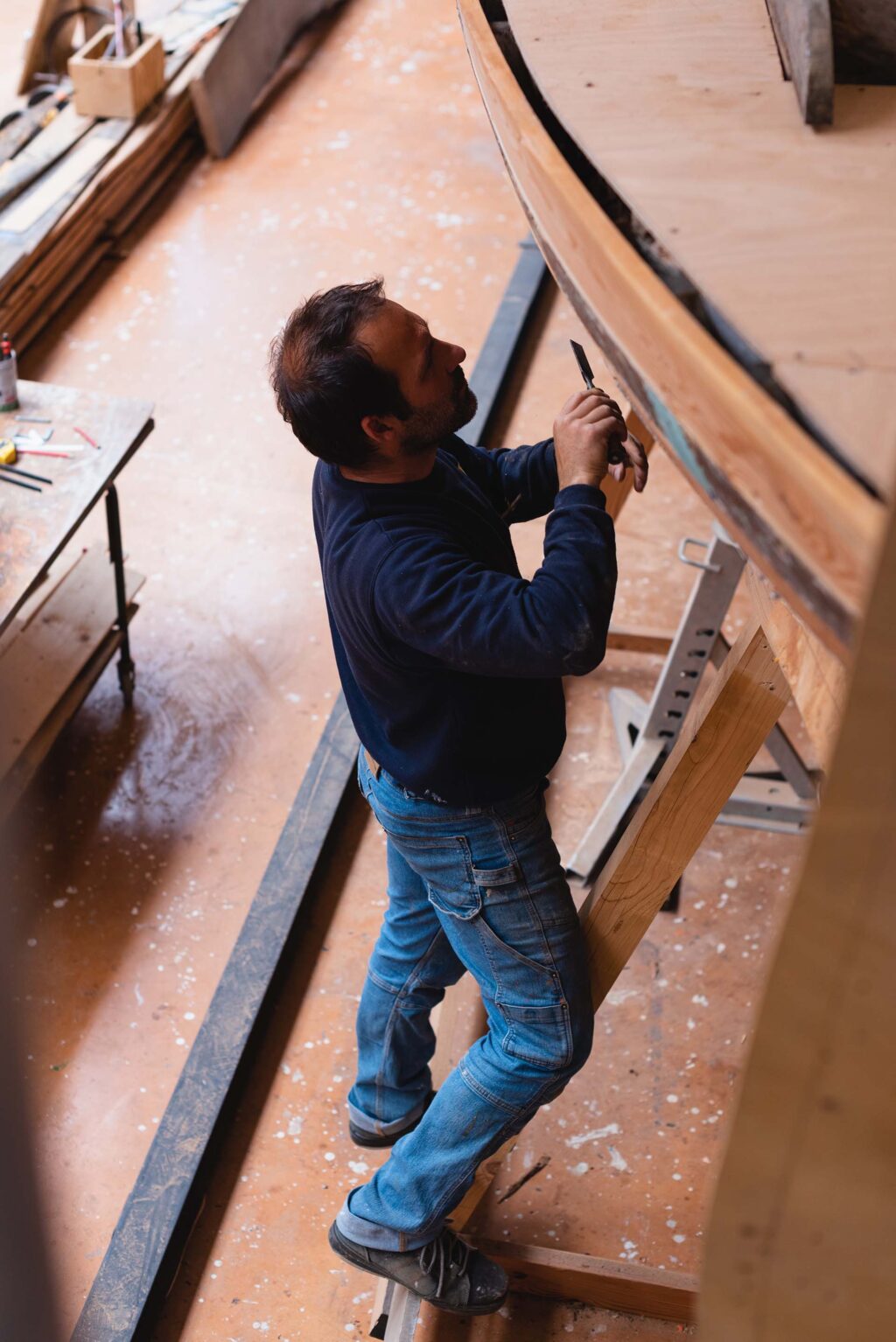
Of a fleet of at least 350 Catalan boats, there were only 10 or so left on the water when boatbuilder Samuel Villevieille arrived in the area at the turn of the millennium. Local initiatives to restore the boats and create a museum during the ’80s and ’90s had fallen flat, and the handful of boats that remained were in a poor state.
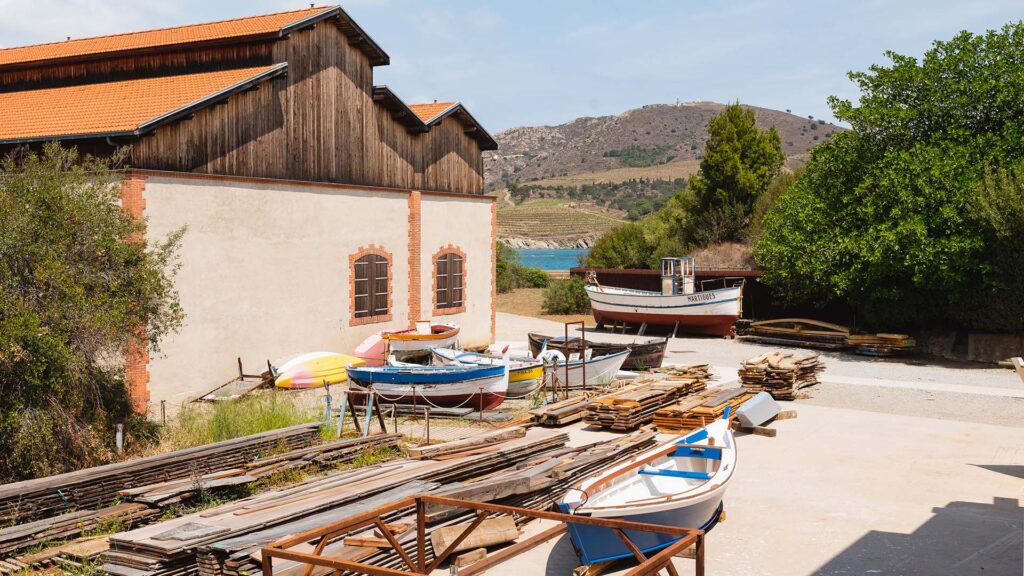
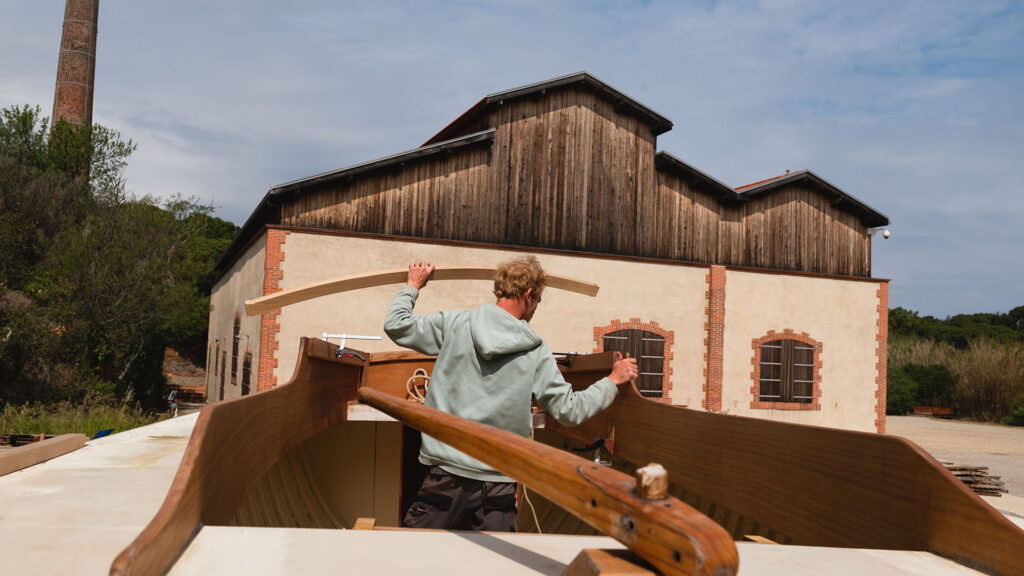
In 2010, Villevieille helped launch a workshop in Anse de Paulilles, 7 miles (12 kilometers) from Collioure. It has taken time to get the barques catalanes back on the water: Each one takes at least a year to restore.
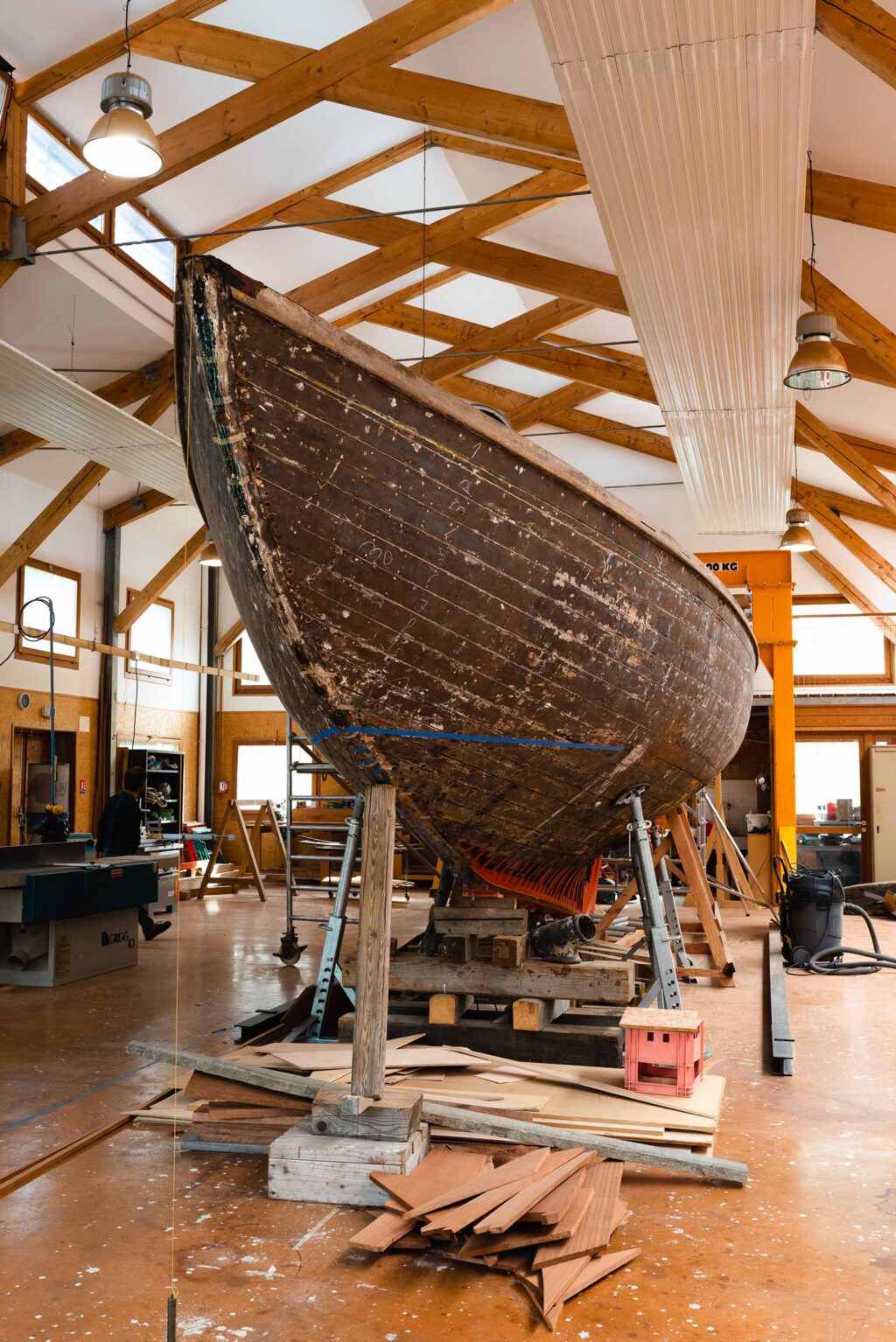
Villevieille has opened his workshop to the public, and curious visitors can stop by to see how he repairs the boats by hand. It’s free to visit and open on weekdays throughout the summer (though calling in advance is recommended).
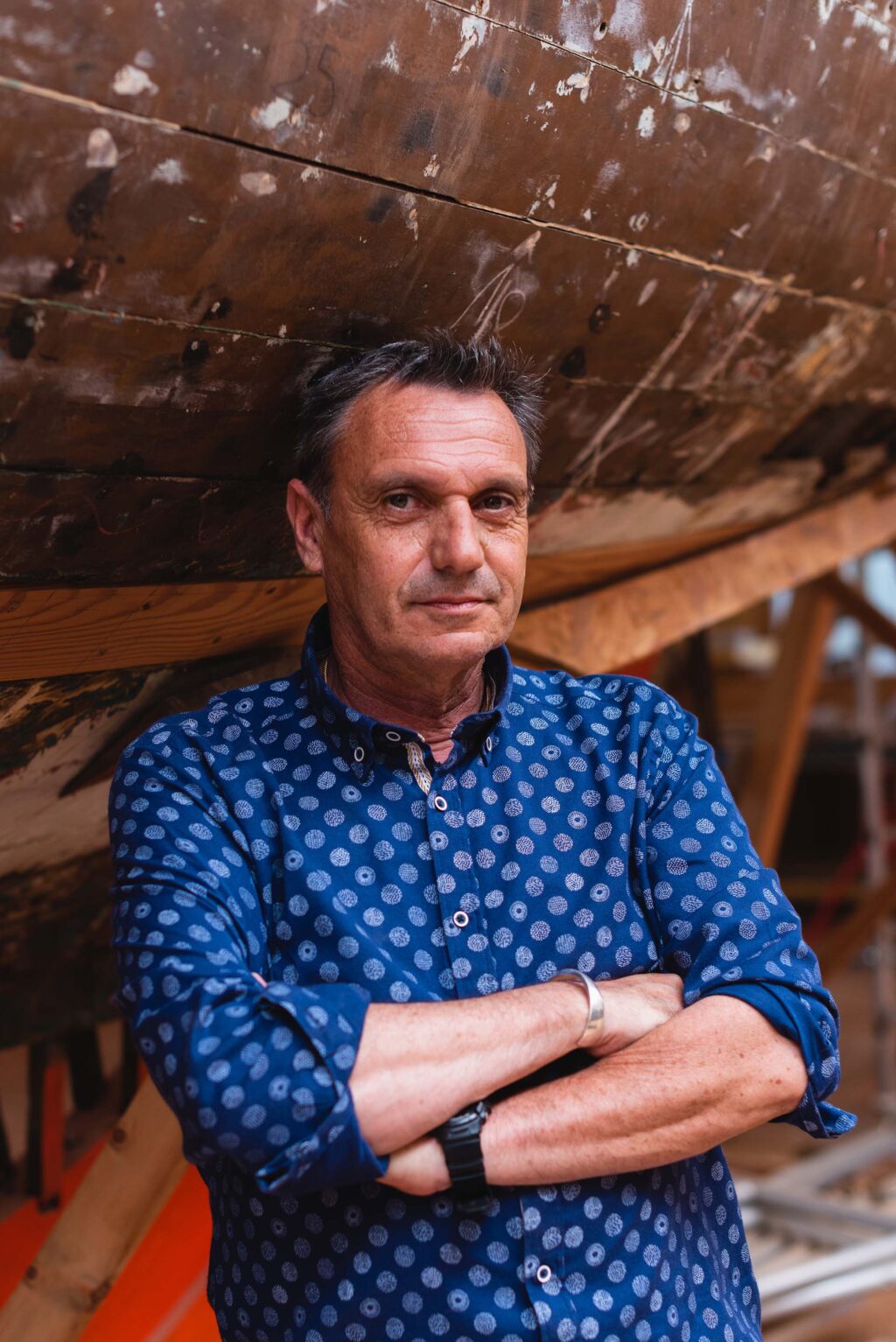
“The reaction from the public has been fantastic,” enthuses Villevieille. “Getting the boats back on the water brings history to life.”
At the height of the fishing industry, there were more than 30 anchovy salting factories in Collioure. Now just two remain, Maison Desclaux and Anchois Roque. They have to source their anchovies from farther afield — Spain’s Costa Brava, the Golfe de Gascogne (Brittany) or even Argentina — but they still salt and prepare the fish in Collioure in the traditional way. For Simon Armangaud, sales representative for Maison Desclaux, the return of the barques catalanes signifies Collioure coming full circle.
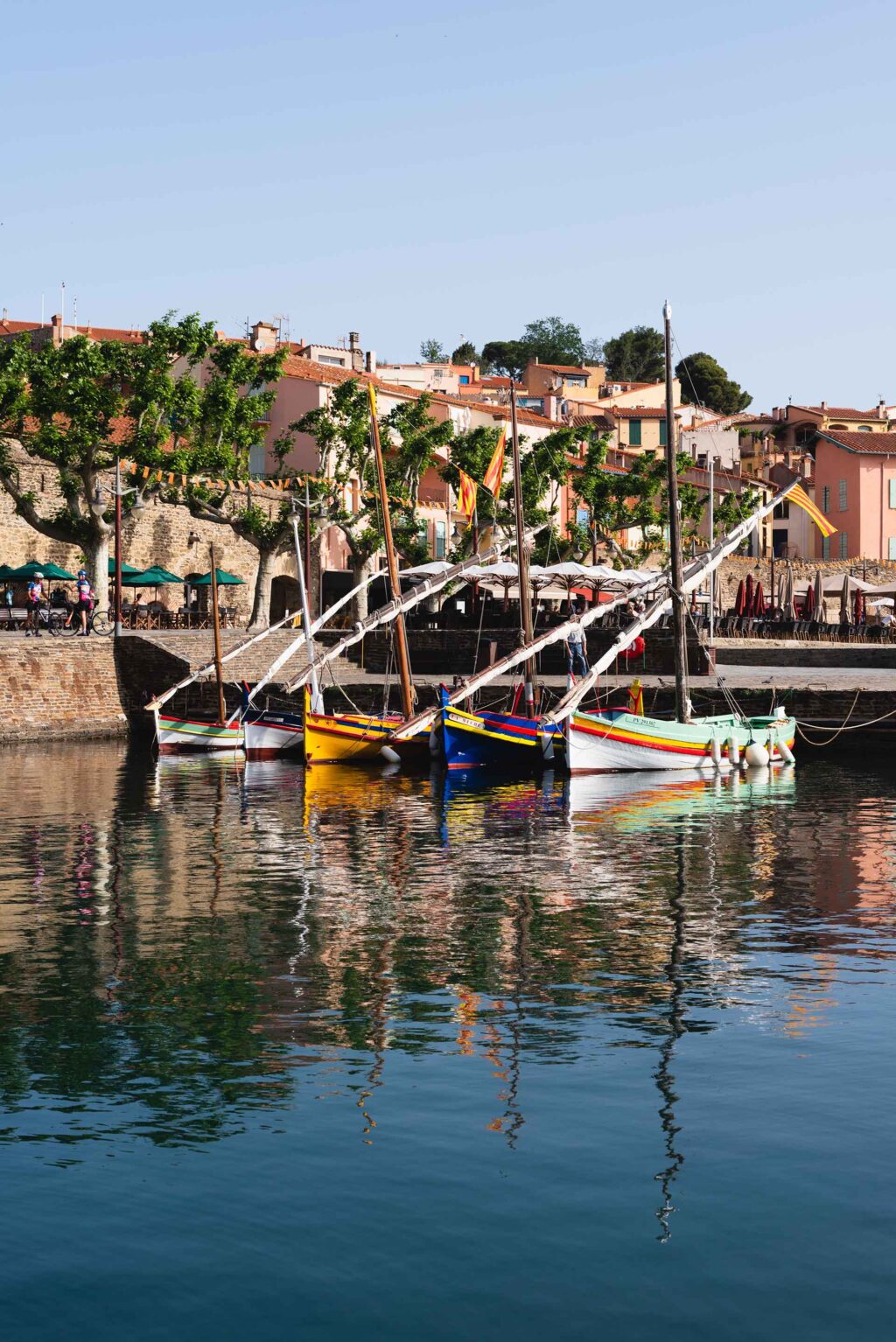
“Ironically, tourism has both destroyed and saved the barques catalanes,” says Armangaud. “They’re so aesthetic that now that they’re afloat again, they attract tourists.”
He believes that it’s important to safeguard the barques catalanes and the town’s fishing history.
“Even though we can’t fish anchovies in Collioure’s waters, by salting them here using the same methods used by generations of fishermen, we’re guarding our heritage,” he continues.
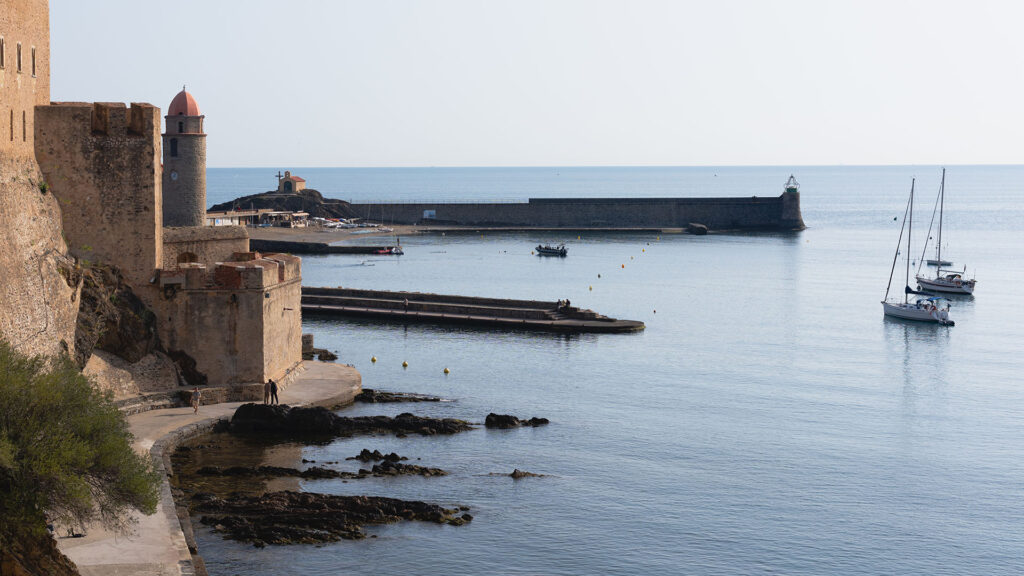
Maison Desclaux hasn’t changed their preparation methods since their debut in 1903. When the anchovies arrive in Collioure (fresh, in buckets of ice), they’re upended in a salting room for 48 hours to disgorge the blood. Next, the heads are removed, and the anchovies are layered in a barrel in spirals between layers of salt, with a 44-pound (20-kilogram) weight on top to keep them compressed. Finally, they’re kept refrigerated at 43 F (6 C) for no less than 120 days before the remaining water is drained and the anchovies are ready to be served.
Collioure’s heritage is celebrated with vigor at La Fête de l’Anchois (the Anchovy Festival), held annually in early June. Locals and tourists alike enjoy anchovy tastings, parades of barques catalanes, and live renditions of La Sardana, a Catalan dance performed by a cobla (traditional band). Often, trips on the old fishing boats are organized. At other times of year, l’Association du Barques Catalanes du Barcarès, 25 miles (40 kilometers) from Collioure, is the only place that organizes outings (call well in advance).
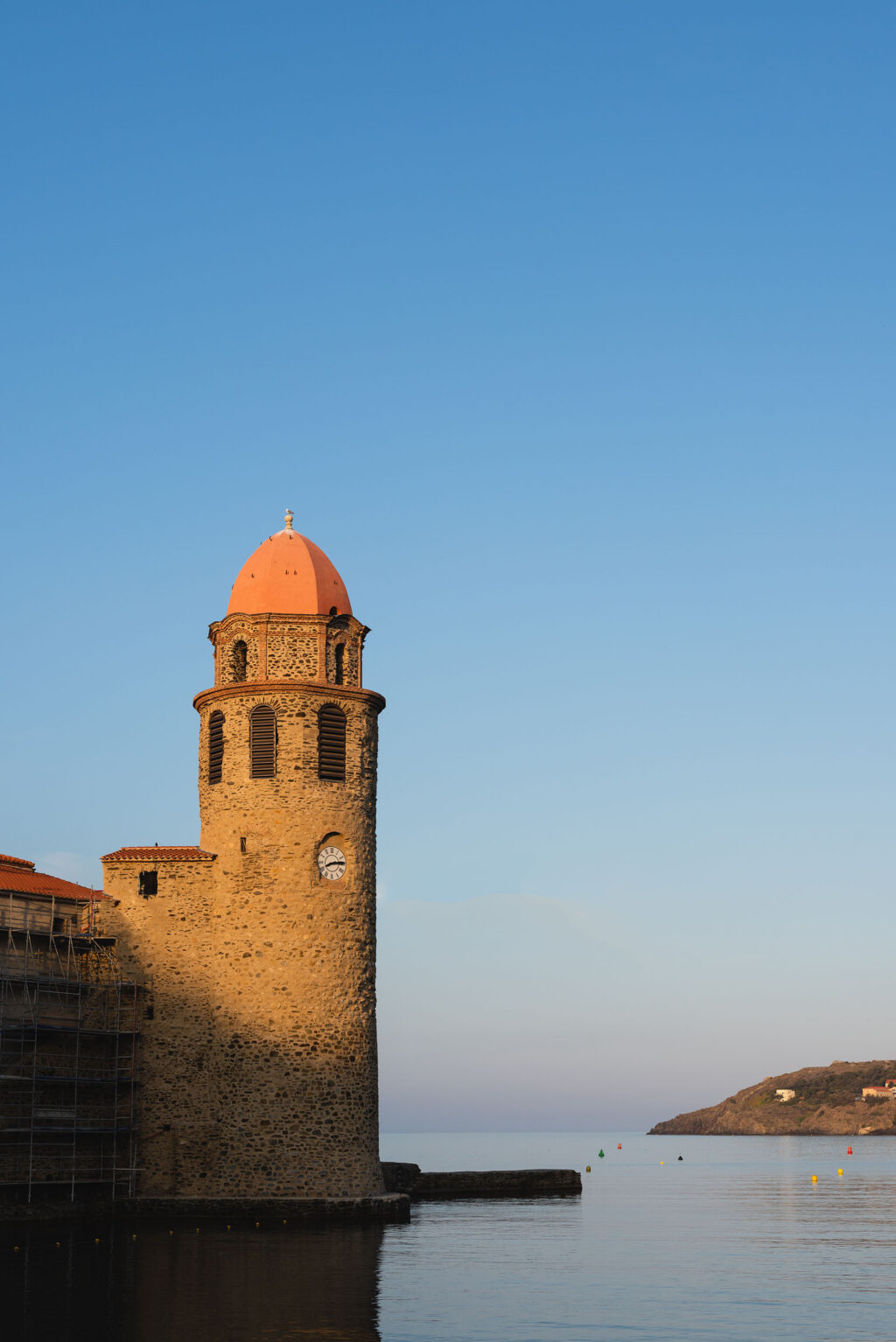
“In the summer, visitors stop by the tourist office daily to ask questions about the barques catalanes,” says Dominique Fabre. “We welcome it; we’re glad that their curiosity is piqued, and it gives us an opportunity to talk about the town’s history.”
Proudly displayed in the window of each of Maison Desclaux’s outlets is a wooden model of a barque catalan, mast perched jauntily like a beret. Tourism may be the lifeblood of Collioure now, but in its soul, it’s still a fishing town.







